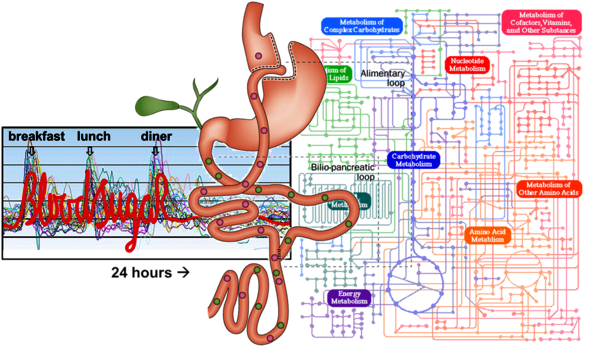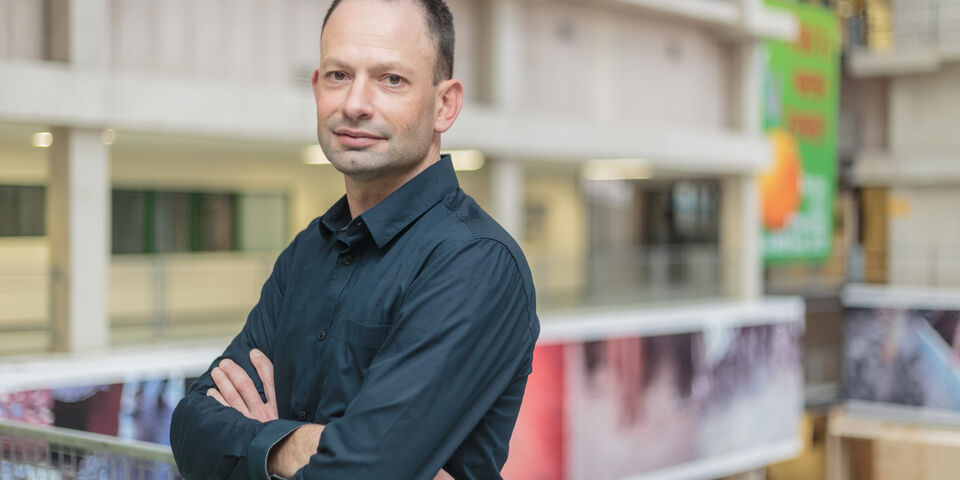The consistency of metabolism
Natal van Riel's career is a perfect illustration of how the dividing lines between traditional fields of study are becoming a thing of the past. The associate professor of Computational Biology at the Department of Biomedical Engineering studied Electrical Engineering at TU/e, after which he delved into the world of systems biology. His knowledge of control theory and (electrical) networks turned out to be quite useful. As a part-time professor, he is now affiliated with the AMC - the university hospital of the University of Amsterdam.
It's important to realize that the human metabolism is very similar to that of other living things, including plants and bacteria, says the brand new professor. “Many metabolic processes have been discovered and studied in bacteria, but they exist in our bodies just as well.”
Whoever takes the time to understand the complexity of our metabolism, will realize cause and effect of metabolic diseases are rarely easy to pinpoint. Today, computer models are therefore an essential tool to relate medical data like the results of blood or urine tests combined with blood pressure and heart rate to diseases like diabetes.
What complicates these measures is the fact they are often mere snapshots of a patient's well-being. “The consequences of eating a cheese sandwich at breakfast depend on the individual and what they had for dinner the night before. Metabolism is a wildly dynamic process, which makes analysis even harder .”
Control theory and systems biology share many characteristics
Still, this analysis is exactly what Van Riel has specialized in given his background in control theory. “There are quite a few similarities between electrical networks with feedback and metabolic networks. Studying here, I learned a lot about the control systems theory. My knowledge of biochemistry has grown gradually, step by step.” And he's done quite well. So well, in fact, that the University of Amsterdam - which he already worked with through the EU project RESOLVE - has appointed him part-time professor at the AMC-VUmc Diabetes Research Center (ADRC) to be.
Thanks to his new position in Amsterdam, Van Riel now has the opportunity to test his computer models in an actual hospital setting. Focus: the effects of stomach reductions and intestinal bypasses with people suffering from metabolic syndrome (obesity-related metabolic issues resulting in diabetes and cardiovascular disease mostly). “After surgery, patient blood levels are often back to normal already after a few days. Nobody understands how that happens. And the fact that many people suffering from diabetes do seem to have a healthy metabolism is still a mystery, too.”
The universal nature of metabolic processes also shows from the fact that Van Riel recently worked with Philips to use his computer models to study the effects of LED lighting in greenhouses on growth, flavor, and nutritional value of tomatoes. And that study led to a research project on the use of blue light - rather than harmful UV light - for skin problems like psoriasis and eczema. “For tomatoes, the skin, and even neurological problems, metabolic pathways play an important role. The same is true for diabetes research.”



Discussion